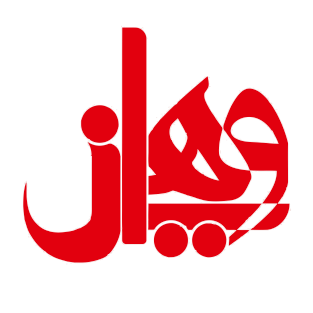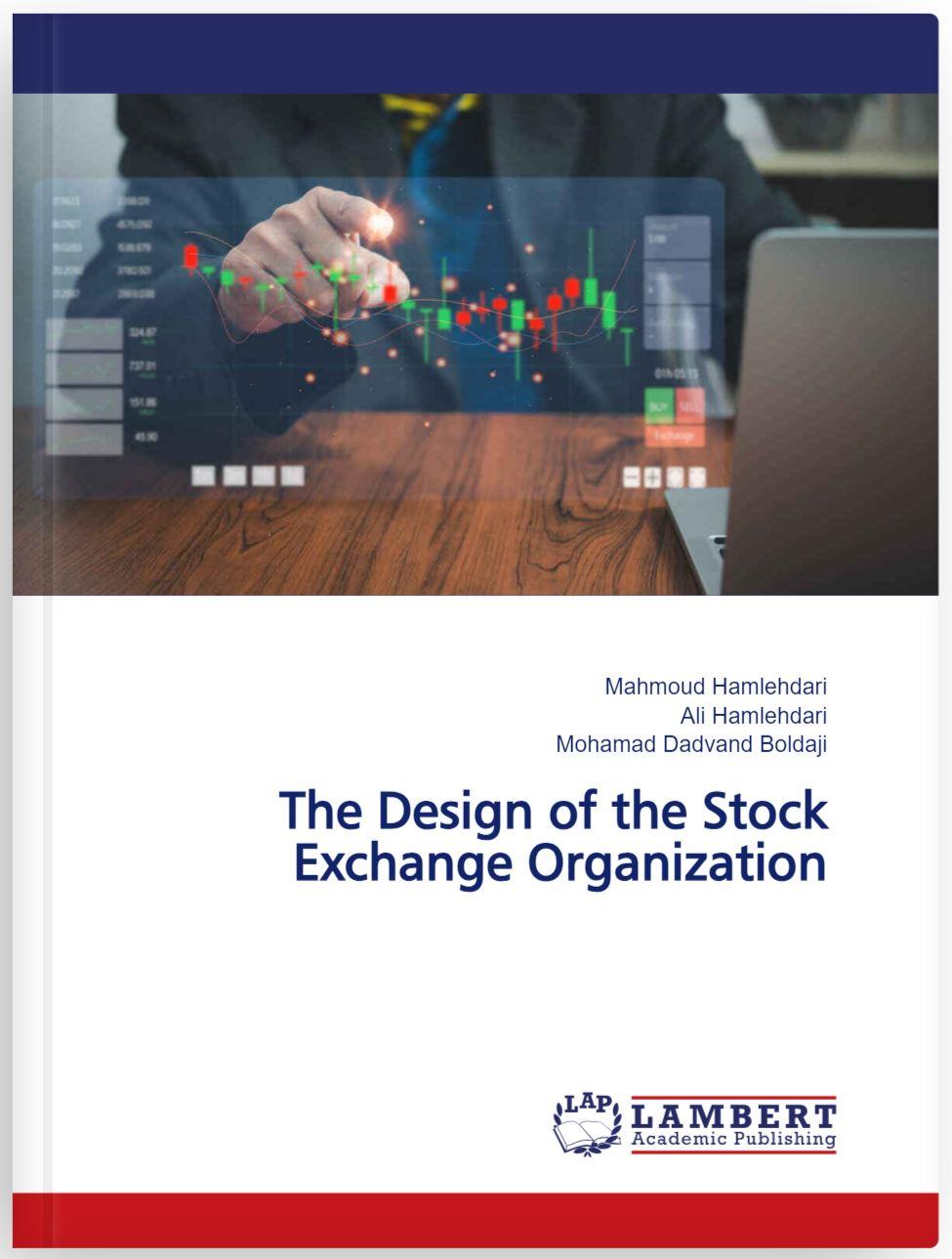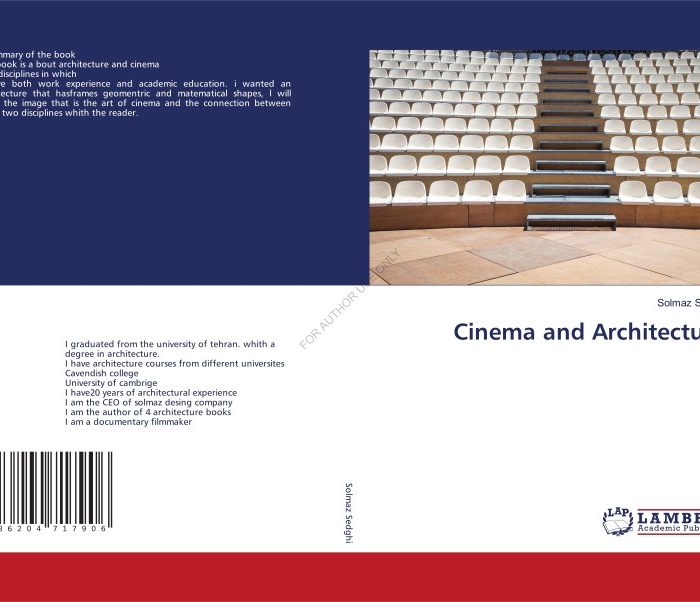کتاب The Design of the Stock Exchange Organization
۳۶۹,۰۰۰ تومان Original price was: ۳۶۹,۰۰۰ تومان.۱۸۴,۵۰۰ تومانCurrent price is: ۱۸۴,۵۰۰ تومان.
| تعداد صفحات | 124 |
|---|---|
| شابک | 978-620-7-46634-4 |
| انتشارات |
کتاب The Design of the Stock Exchange Organization – طراحی سازمان بورس
کتاب The Design of the Stock Exchange Organization اثری تحلیلی و آموزنده است که به بررسی ساختار، عملکرد و اصول طراحی سازمانهای بورس در سراسر جهان میپردازد. این کتاب، با نگاهی جامع و دقیق به مفاهیم مالی و سازمانی، به تحلیل ویژگیهای کلیدی بورسها و نحوه بهینهسازی عملکرد آنها میپردازد.
درباره کتاب The Design of the Stock Exchange Organization
این کتاب به نحوه طراحی و مدیریت سازمانهای بورس اختصاص دارد و موضوعاتی مانند چارچوبهای حقوقی، فناوریهای مدرن و نقش نهادهای نظارتی در بازارهای سرمایه را بررسی میکند. نویسنده با ارائه مطالعات موردی از بورسهای موفق و ناکام، خواننده را با جزئیات طراحی و اجرای ساختارهای بورس آشنا میکند. این اثر برای دانشجویان، متخصصان و علاقهمندان به بازارهای مالی، منبعی ارزشمند و کاربردی بهشمار میآید.
موضوعات کلیدی کتاب
- ساختار بورس: بررسی معماری سازمانی بورسها و نقش آن در کارایی بازار.
- فناوری و نوآوری: تحلیل تاثیر فناوریهای نوین بر بهبود عملکرد بورس.
- مدیریت ریسک: ارائه راهکارهایی برای کاهش ریسکهای سازمانی و مالی.
- قوانین و نظارت: بررسی نقش چارچوبهای قانونی در تضمین شفافیت و کارایی بازار.
- مطالعات موردی: تحلیل موفقیتها و شکستهای سازمانهای بورس مختلف.
ویژگیهای برجسته کتاب The Design of the Stock Exchange Organization
- تحلیل جامع: کتاب بهطور عمیق به مفاهیم کلیدی طراحی و مدیریت سازمانهای بورس میپردازد.
- رویکرد کاربردی: ارائه مثالها و راهکارهایی که میتوانند در دنیای واقعی مورد استفاده قرار گیرند.
- نگاه بینالمللی: بررسی تجربیات بورسهای مختلف در نقاط گوناگون جهان.
- منبع آموزشی: مناسب برای دانشجویان و پژوهشگران رشتههای مالی، مدیریت و اقتصاد.
چرا کتاب The Design of the Stock Exchange Organization را بخوانید؟
این کتاب، دریچهای نو به فهم ساختار و عملکرد بازارهای مالی باز میکند. اگر علاقهمند به موضوعات مرتبط با بورس و بازارهای سرمایه هستید، مطالعه این اثر میتواند دانش شما را ارتقا داده و دیدگاه جدیدی به طراحی و مدیریت این سازمانها ارائه دهد.
مخاطبان کتاب The Design of the Stock Exchange Organization
- دانشجویان و پژوهشگران: مناسب برای افرادی که به دنبال فهم عمیقتر از بازارهای مالی هستند.
- متخصصان حوزه مالی: ایدهآل برای مدیران و کارکنان فعال در حوزه بورس و بازارهای سرمایه.
- علاقهمندان به اقتصاد: افرادی که به تحلیل ساختارهای مالی و سازمانی علاقه دارند.
سفارش کتاب The Design of the Stock Exchange Organization
برای خرید کتاب The Design of the Stock Exchange Organization و آشنایی با جزئیات طراحی و مدیریت سازمانهای بورس، به بخش فروشگاه سایت مراجعه کنید یا با ما تماس بگیرید. این کتاب ابزاری ارزشمند برای درک عمیقتر و علمیتر از دنیای بازارهای مالی است.
📘 پرسش و پاسخ درباره کتاب The Design of the Stock Exchange Organization
🔹 فصل اول: مقدمه
❓ ۱. هدف اصلی این کتاب چیست؟
🔹 هدف این کتاب بررسی اصول طراحی و سازماندهی بورس اوراق بهادار است و نحوه عملکرد بورسهای مختلف، بهویژه بورس تهران، را تحلیل میکند.
❓ ۲. این مطالعه چه مشکلی را بررسی میکند؟
🔹 این مطالعه به بررسی مشکلات و چالشهای موجود در ساختار و سازمان بورس اوراق بهادار، بهویژه در ایران، و ارائه راهحلهایی برای بهبود آنها میپردازد.
❓ ۳. چرا این مشکل اهمیت دارد؟
🔹 بورس به عنوان یکی از اجزای اصلی بازار مالی، تأثیر زیادی بر اقتصاد ملی و جهانی دارد و بهبود ساختار آن میتواند به توسعه اقتصادی و جذب سرمایهگذاریهای خارجی کمک کند.
🔹 فصل دوم: اقتصاد و بازارهای مالی
❓ ۴. اقتصاد چیست؟
🔹 اقتصاد بهطور کلی به نحوه تخصیص منابع محدود به نیازهای نامحدود بشر گفته میشود.
❓ ۵. بازار مالی چیست؟
🔹 بازار مالی به بازارهایی اطلاق میشود که در آنها اوراق بهادار، ارز، کالاها و دیگر ابزارهای مالی معامله میشوند.
❓ ۶. تفاوت بازار پول و بازار سرمایه چیست؟
🔹 بازار پول به معاملاتی با دوره کوتاهمدت و نقدینگی بالا اطلاق میشود، در حالی که بازار سرمایه به معاملات بلندمدت و سرمایهگذاریهای بزرگتر مربوط میشود.
❓ ۷. تاریخچه بورس اوراق بهادار در ایران چیست؟
🔹 بورس اوراق بهادار تهران در سال ۱۳۴۶ تأسیس شد و به مرور زمان گسترش یافته است تا به یکی از بازارهای مهم مالی کشور تبدیل شود.
🔹 فصل سوم: مطالعه داخلی و خارجی نمونهها
❓ ۸. در این فصل، مطالعه داخلی چه موضوعاتی را پوشش میدهد؟
🔹 مطالعه داخلی به تحلیل و بررسی ساختار بورسهای مختلف در ایران، مانند بورس تهران، و چالشهای موجود در آنها پرداخته است.
❓ ۹. مطالعه خارجی به چه مسائلی میپردازد؟
🔹 این بخش به بررسی سیستمهای بورس در کشورهای مختلف و مقایسه آنها با ساختار بورس ایران میپردازد تا از آنها در جهت بهبود ساختار بورس ایران استفاده شود.
🔹 فصل چهارم: اجزای مجتمع بورس اوراق بهادار
❓ 10. اجزای اصلی مجتمع بورس اوراق بهادار چیست؟
🔹 مجتمع بورس شامل فضاهای مختلفی از جمله تریا، دفاتر اداری، فضاهای تکمیلی و فضاهای مربوط به جمعآوری اطلاعات و خدمات است که باید بهطور مؤثر طراحی و سازماندهی شوند.
❓ ۱۱. طراحی نمای بورس چه اهمیت دارد؟
🔹 طراحی نمای بورس باید منعطف و شفاف باشد تا علاوه بر پاسخگویی به نیازهای عملیاتی، جذابیت بصری و کاربردی برای سرمایهگذاران و عموم مردم داشته باشد.
🔹 نتیجهگیری
❓ ۱۲. نتیجهگیری این کتاب چیست؟
🔹 این کتاب نشان میدهد که طراحی و ساختار بورسهای اوراق بهادار باید بهگونهای باشد که هم به نیازهای عملیاتی پاسخ دهد و هم بهطور مؤثر به جذب سرمایه و ایجاد فضای رقابتی و شفاف در بازارهای مالی کمک کند.
❓ ۱۳. چه پیشنهاداتی برای بهبود ساختار بورسهای اوراق بهادار ارائه میشود؟
🔹 پیشنهاداتی همچون بهروزرسانی فناوریها، بهبود سیستمهای نظارتی، ایجاد شفافیت بیشتر در معاملات و توجه به طراحی فضاهای بورس برای ارتقای عملکرد بورسهای اوراق بهادار ارائه شده است.
📌 این مجموعه پرسش و پاسخ خلاصهای از نکات کلیدی کتاب The Design of the Stock Exchange Organization را ارائه میدهد. امیدواریم مفید واقع شده باشد! 😊
| تعداد صفحات | 124 |
|---|---|
| شابک | 978-620-7-46634-4 |
| انتشارات |
محصولات مشابه
-
کتاب DoS Attacks and Intelligent Neural Network
۲۱۰,۰۰۰ تومانOriginal price was: ۲۱۰,۰۰۰ تومان.۱۵۷,۵۰۰ تومانCurrent price is: ۱۵۷,۵۰۰ تومان. -
کتاب FEAR AND DESIRE
۲۱۰,۰۰۰ تومانOriginal price was: ۲۱۰,۰۰۰ تومان.۱۵۷,۵۰۰ تومانCurrent price is: ۱۵۷,۵۰۰ تومان. -
کتاب Cinema and Architecture
۵۴۳,۰۰۰ تومانOriginal price was: ۵۴۳,۰۰۰ تومان.۲۷۱,۵۰۰ تومانCurrent price is: ۲۷۱,۵۰۰ تومان. -
کتاب Principles of crisis management: Principles of crisis management in the organization and individual life
۳۹۰,۰۰۰ تومانOriginal price was: ۳۹۰,۰۰۰ تومان.۱۹۵,۰۰۰ تومانCurrent price is: ۱۹۵,۰۰۰ تومان.













